Written by Briana Vandrope:
Introduction:
Delve into the intense and brutal realm of deathcore, a subgenre that has risen from the depths of the underground to command a formidable presence in the broader metal scene. This blog post will explore the roots of deathcore, its evolution over the years, and how it has become a driving force in shaping the contemporary metal landscape.
- Origins of Deathcore: The Fusion of Death Metal and Metalcore
Unearth the origins of deathcore by examining its roots in the fusion of death metal and metalcore. Early pioneers like Despised Icon with their album "The Healing Process" (2005) and Job for a Cowboy with the EP "Doom" (2005) laid the groundwork for the genre's distinctive sound, incorporating the technicality of death metal and the breakdown-driven structures of metalcore.
- Pioneers and Trailblazers: Shaping the Deathcore Sound
Highlight key bands and albums that played a pivotal role in shaping the deathcore sound. Suicide Silence's debut album "The Cleansing" (2007) and Whitechapel's "This Is Exile" (2008) are emblematic of the genre's rise, showcasing relentless brutality, guttural vocals, and intricate guitar work. These releases propelled deathcore into the spotlight, defining the sonic landscape for years to come.
- Deathcore's Impact on Metal Culture: Fashion, Art, and Identity
Examine how deathcore has influenced metal culture beyond its sonic characteristics. Bands like Bring Me The Horizon transitioned from metalcore to a more experimental sound, influencing a wave of deathcore bands. The dark and visceral nature of album art, as seen in Carnifex's "Dead in My Arms" (2007), reflects the genre's penchant for visually striking aesthetics.
- Controversies and Criticisms: Navigating the Deathcore Landscape
Acknowledge the controversies and criticisms surrounding deathcore, including debates on its authenticity and accusations of formulaic song structures. Bands like Thy Art Is Murder with albums like "Hate" (2012) faced criticism but also showcased the genre's ability to evolve, incorporating technical elements and pushing against perceived boundaries.
- The Rise of Deathcore Festivals: Uniting the Community
Explore the emergence of deathcore-specific festivals and events that bring together fans and artists. Events like the annual Summer Slaughter Tour have become synonymous with deathcore, providing a platform for both established and emerging bands, fostering a sense of community within the scene.
- Deathcore's Continued Evolution: Fusion, Experimentation, and the Future
Examine the ways in which deathcore has continued to evolve, incorporating elements from other subgenres. Bands like Fit For An Autopsy with "The Great Collapse" (2017) showcase a fusion of deathcore with elements of death metal and progressive metal, illustrating the genre's adaptability and willingness to experiment.
Conclusion:
In conclusion, deathcore has transcended its underground origins to become a powerful and influential force in the metal world. Whether it's the technicality of Suicide Silence, the brutal honesty of Whitechapel, or the experimental nature of Bring Me The Horizon, deathcore continues to evolve and adapt. As it forges its path of sonic devastation, deathcore remains a genre that resonates with fans worldwide, demonstrating its enduring impact on the broader metal landscape. Stay tuned for the next chapter in deathcore's evolution.

